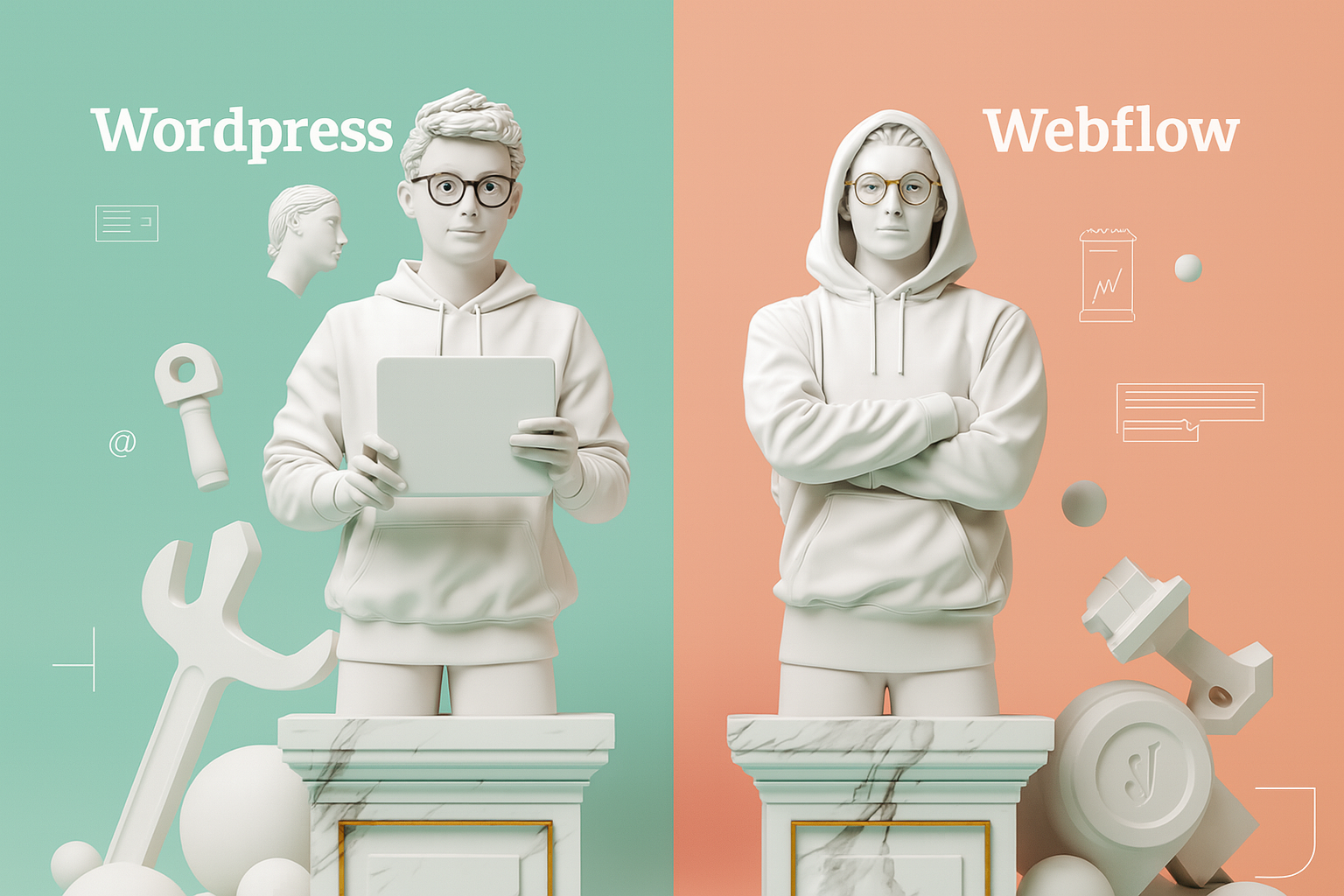The tools you choose shape the story you tell. And when it comes to building your digital home, it’s Webflow and WordPress in the spotlight, each with its quirks, powers, and fan bases. So, which is the real hero for your online vision?
🔥 TL;DR – Key Highlights
Introduction: Two Titans. One Choice.
You’ve got a website to build your brand temple, your conversion beast, your digital masterpiece. But first, you’ve got to pick your gladiator.
Welcome to the ultimate Webflow vs WordPress showdown.
Webflow is the design darling with sleek visual controls. WordPress is the open-source juggernaut powering over 43% of the web.
This isn't a “one-size-fits-all” arena. It’s about your goals. Let's break it down like a boss.
What is Webflow?
Webflow is where developers and designers meet halfway. It’s a visual website builder that thinks Photoshop meets frontend code. You design in real time, and Webflow writes clean HTML, CSS, and JS behind the scenes.
✅ No plugins needed✅ Built-in hosting✅ Perfect for design perfectionists
But don’t expect freebies forever. Advanced features come at a price.
What is WordPress?
WordPress is the OG of website builders open-source, endlessly customizable, and backed by a giant community.
Want a blog? Build it. A shop? Plug in WooCommerce. All with or without code.
✅ Free core software✅ Thousands of plugins/themes✅ Hosting freedom (we recommend Bluehost)
No limits, just a little more tinkering.
Webflow vs WordPress: Features That Matter
Here’s where the platforms truly duke it out:
📊 Quick Feature Face-Off
Ease of Use
Webflow Pros
- Drag-and-drop interface
- Pixel-level control
- Hosting? Already done.
Webflow Cons
- Intimidating for beginners
- Fewer learning resources
WordPress Pros
- Super beginner-friendly
- Easy content management
- Huge support community
WordPress Cons
- Custom designs need coding or plugins
- Hosting setup required
Design & Customization
Webflow
- Visual-first—what you see is truly what you get
- No plugins necessary
- Perfect for designers
WordPress
- Theme-based—pick, tweak, or build from scratch
- Countless themes & builders (Elementor, Divi)
- Can slow down with plugin overload
Pricing Breakdown
If you're budget-conscious, WordPress + Bluehost is the lean machine. For all-in-one simplicity, Webflow shines at a higher cost.
SEO Capabilities
Webflow SEO
- Built-in meta tools
- Fast, clean code
- Minimal plugin fuss
WordPress SEO
- Yoast SEO & RankMath = gold standard
- Full control of structure and metadata
- Hosting impacts performance—choose wisely (Hint: Bluehost 🔥)
eCommerce: Who Sells It Better?
Webflow
- Sleek UI
- Simple store builder
- Limited gateways + higher pricing
WordPress + WooCommerce
- Complete store freedom
- Massive ecosystem
- Scalable for enterprises
Winner: WordPress for scale. Webflow for boutique brands.
Hosting & Performance
Webflow
- Built-in hosting
- Optimized speed & uptime
- Locked-in infrastructure
WordPress
- Freedom to choose hosting
- Bluehost offers fast, managed WordPress plans
- More control, more responsibility
So, Which One’s Right for You?
✨ Final Verdict: Wunderkint’s Hot Take
Both platforms are powerful, but your pick depends on your priorities:
- Want control + simplicity? Go Webflow.
- Crave scalability + freedom? Go WordPress, ideally paired with Bluehost for a seamless experience.
Bottom line: Your platform should empower your brand, not limit it.
🙋 FAQs
Q: Can I use Webflow with WordPress? Yes! Use the Webflow Pages plugin to design in Webflow and publish in WordPress.
Q: Which is better for non-tech users? WordPress is easier upfront. Webflow offers no-code design freedom but requires time to learn.
Q: Can I switch later? Yes, but be prepared for manual migration, especially from Webflow to WordPress.
Q: Is there a free option? WordPress = Free + Hosting Webflow = Free Plan (with branding and no custom domain)
Ready to Build?
Choose your warrior and start building. And if you're choosing WordPress, let Bluehost be your powerhouse partner.
Built for growth. Built for greatness. Visit Wunderkint now!







